My views are as follows:
At present, the topic of skateboard chassis in China is basically a speculation concept. The skateboard chassis itself does have its background, but what is needed is the development of a system, rather than just making a skateboard chassis.
The concept of the skateboard chassis was first released by General Motors in 2002 as a concept platform called GM Autonomy Concept. The platform is powered by hydrogen fuel cells. GM Autonomy is the first vehicle designed specifically around a fuel cell propulsion system, and it is the first fuel cell vehicle to rely on drive-by-wire technology rather than mechanical controls for things like throttle application and steering. Instead, there are no pedals and a steering wheel, in favor of an airplane-like control system.
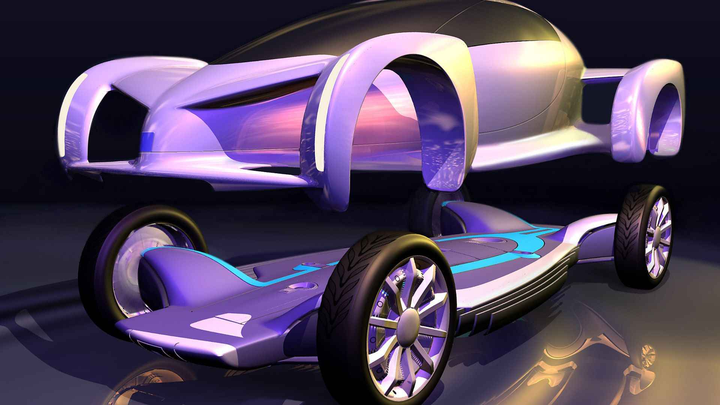
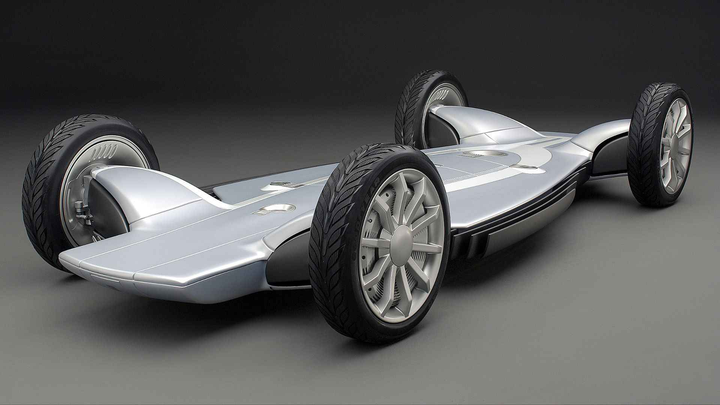
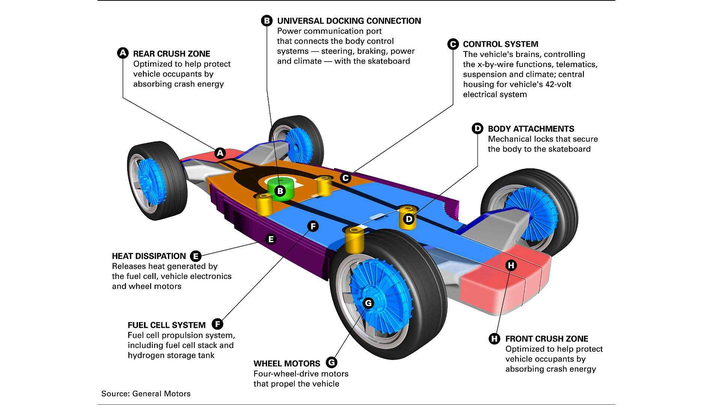
Based on this concept, the derivative design is the concept car of GM Hy-wire. And its prototype car structure and based on the skateboard chassis and wire control system derive more and more detailed ideas and concepts about future driving and human-computer interaction.
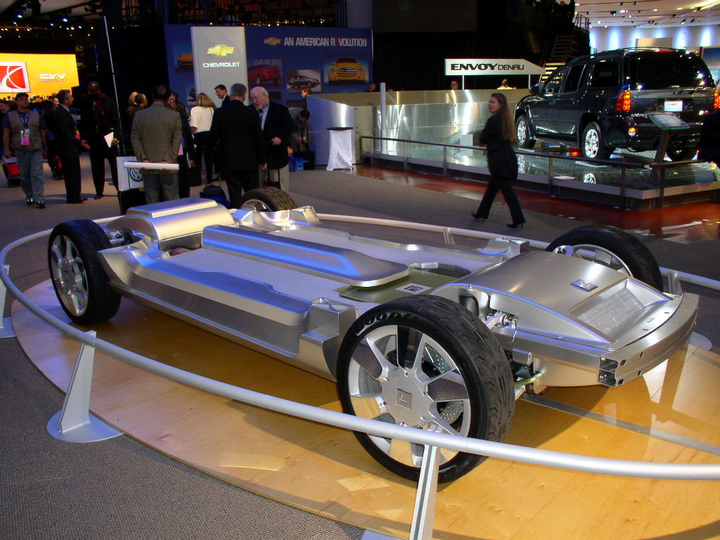
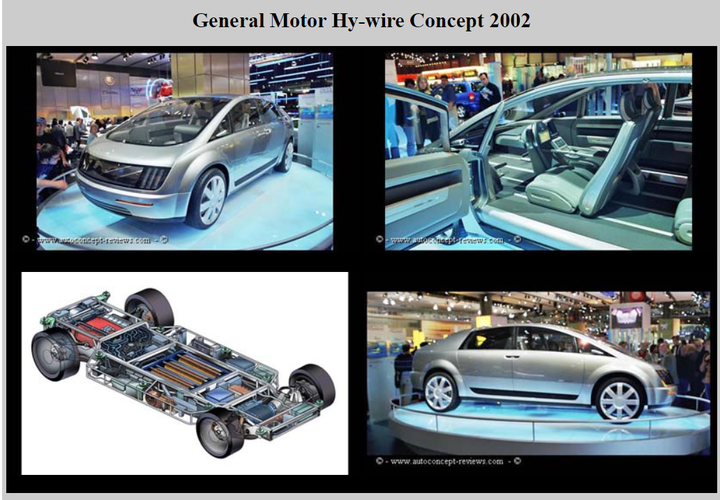
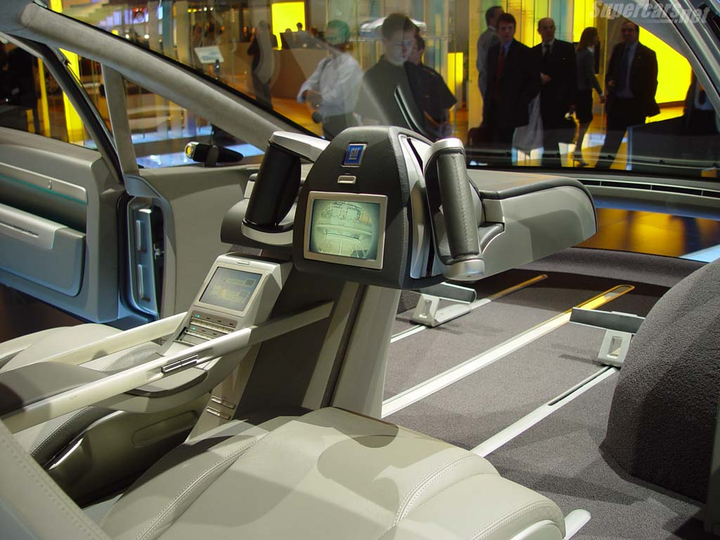
As you can see above, there is not only a large central control screen, but also a non-circular steering wheel, a large steering wheel screen and so on. This platform also has the expected function of unmanned driving, because behind the wire control is a more automated design.
Mind you, this is exactly 20 years ago in automotive industry design and technology. The skateboard chassis is not a new technology. The skateboard chassis itself is just a non-load-bearing body structure that exists to support a certain vehicle design concept. The skateboard chassis must be combined with the goal of the vehicle design and even the entire ecological development of the future transportation industry to have its meaning.
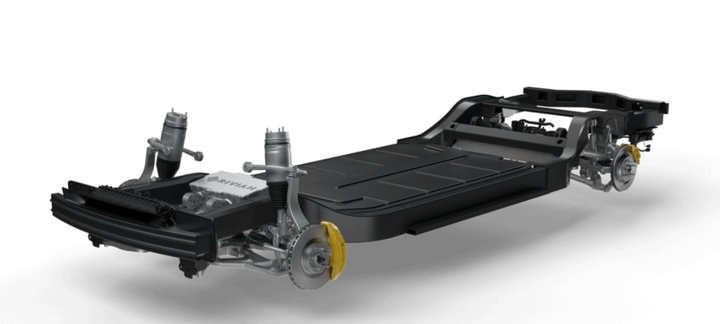
The main advantages of the skateboard platform currently being promoted are based on the battery pack structure and the integrated transverse and longitudinal beam structure, and then combine the steering system, braking system, drive system, front and rear anti-collision beams, front and rear shock absorbers and tires. Combined together to achieve an integrated design, the reuse of the platform (different vehicles can be changed to the replaceable body structure above).
In many domestic propaganda, the so-called skateboard chassis has been praised. After Ouyang Minggao defined the skateboard chassis at the 100-person meeting of electric vehicles, the skateboard chassis has become a very high and advanced concept. , and then there is such a saying in China: the chassis of the fuel vehicle is called the chassis 1.0, and the current electric vehicle platform, which integrates the battery pack into the chassis plane, is called the chassis 2.0, and then the skateboard chassis is called the intelligent chassis 3.0. Through this 1-2-3 structure, it is believed that the skateboard chassis, a chassis structure, is born with the concept of intelligence in it.
This is like, many people have created a “oil-to-electricity” driveability that must be poor, because the chassis structure of electric vehicles is more advanced concept, and now someone wants to tell you that the “electricity-to-smart” platform must be very bad, Only the “skateboard chassis” based on intelligence from the beginning is king.
However, the actual situation is that it was forced to redesign a new chassis structure for deep integration because the overweight batteries that long-range electric vehicles need to carry have nowhere to be placed. The chassis response and vehicle drivability of many hybrid or extended-range models (pure electric drive) with low electric charge overwhelm the vast majority of current pure electric models. Similarly, the development of the skateboard chassis itself requires a lot of technical prerequisites, and even the development of the entire intelligent transportation industry environment. The skateboard chassis itself is not a high-tech, nor an absolute development direction. It needs coordinated development to become a part of the “smart” vehicle system.
First of all, the premise of skateboard chassis technology is that hardware technology (especially battery system and electric drive) has been fully developed, and platform designers can fully apply hardware enough to deal with the saturated performance of any scene to design skateboard chassis;
Since the current focus of electric vehicle investment is still on large luxury models, simply speaking, in terms of the current development progress of battery systems, electric drives, and other matching hardware (such as intelligent thermal management, etc.) A set of hardware standardized and integrated development can save R&D costs and improve efficiency.
Secondly, the premise of skateboard chassis technology is the full development of wire-by-wire technology, especially complete brake-by-wire and steering-by-wire.
The really pure skateboard chassis should be completely liberated from the mechanical structure, which is also the basis for the skateboard chassis to focus on intelligence and realize the platformization in the true sense, that is, to integrate with the wire control. However, the actual situation is that the intelligent progress of the wire control is not so perfect. In particular, the steer-by-wire.
Many people overestimate the difficulty of steering, especially the control by wire, which means that the algorithm must thoroughly understand and accurately grasp the actual steering process, and then provide different turning strategies for different wheels. Especially the steering differential control, if it is not done well at low speed, it is nothing more than tire wear, and if it is not done at high speed, the vehicle will directly lose control.
The wire control of the skateboard chassis should also be combined with steering, driving, and braking to adapt to various road conditions and scenes for active adjustment.
Therefore, the distributed electric drive and the motor structure that is actually steer-by-wire currently under study are either applied to low-speed commercial vehicles or heavy loads, or need to add multiple redundant systems and structures for safety assurance.
In traditional vehicles, steering systems such as mechanical differentials and other braking systems are already very mature. You can’t skate for skate’s sake.
Third, the premise of skateboard chassis technology is the full development of active safety technology;
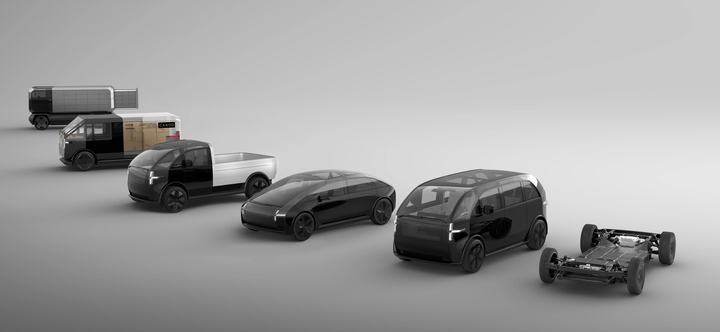
Note that I’m not actually mentioning autopilot here.
The development and maturity of active safety technology enables the skateboard chassis to meet the safety requirements of various platforms as long as it has a basic physical protection capability. I actually like the above picture of the flexible adaptation of Canoo’s skateboard platform. In fact, GM has released many such platform pictures at CES and other occasions and earlier. They all have one thing in common, from urban mass transit vehicles, to transport commercial vehicles, to heavy-duty trucks, to high-performance personal vehicles, all on the same platform. However, the premise of the maturity of this idea must be that the active security technology has developed to the passive security based on physical protection. Only basic protection can be achieved to achieve platform security. Otherwise, either the structural strength of the platform for mass transit models is wasted, or the safety performance of heavy-duty transportation and personal performance vehicles is inadequate.
Replacing passive safety with active safety as the core of vehicle safety requires the development of the entire system.
Fourth, the premise of skateboard chassis technology is the full development of intelligent driving system technology including intelligent transportation
In fact, this is also related to the previous points. Only automatic driving or at least very advanced automatic driving assistance technology can give full play to the role of the wire-controlled chassis and improve the effect of active safety; only the full development of intelligent transportation can completely Only by changing the actual impact of active safety and passive safety on personnel safety can automatic driving technology be fully guaranteed.
Finally, let’s summarize and answer that:
If someone tells you, the skateboard chassis is the cow, the wisdom, and the future. Then this person is very likely to cut your leeks. People who really want to be a skateboard chassis are either doing a bunch of the above businesses at the same time, or they first fool the industry into the game, and then slowly wait for the above industry conditions to mature.
Source: Zhihu www.zhihu.com
Author: JackyQ
[Zhihu Daily] The choice of tens of millions of users, to be a big cow to share new things in the circle of friends.
click to download
This question has 30 more answers, see all.
Further reading:
In which scene is the hot skateboard chassis most suitable for landing?
This article is reproduced from: http://www.zhihu.com/question/520614454/answer/2602234908?utm_campaign=rss&utm_medium=rss&utm_source=rss&utm_content=title
This site is for inclusion only, and the copyright belongs to the original author.